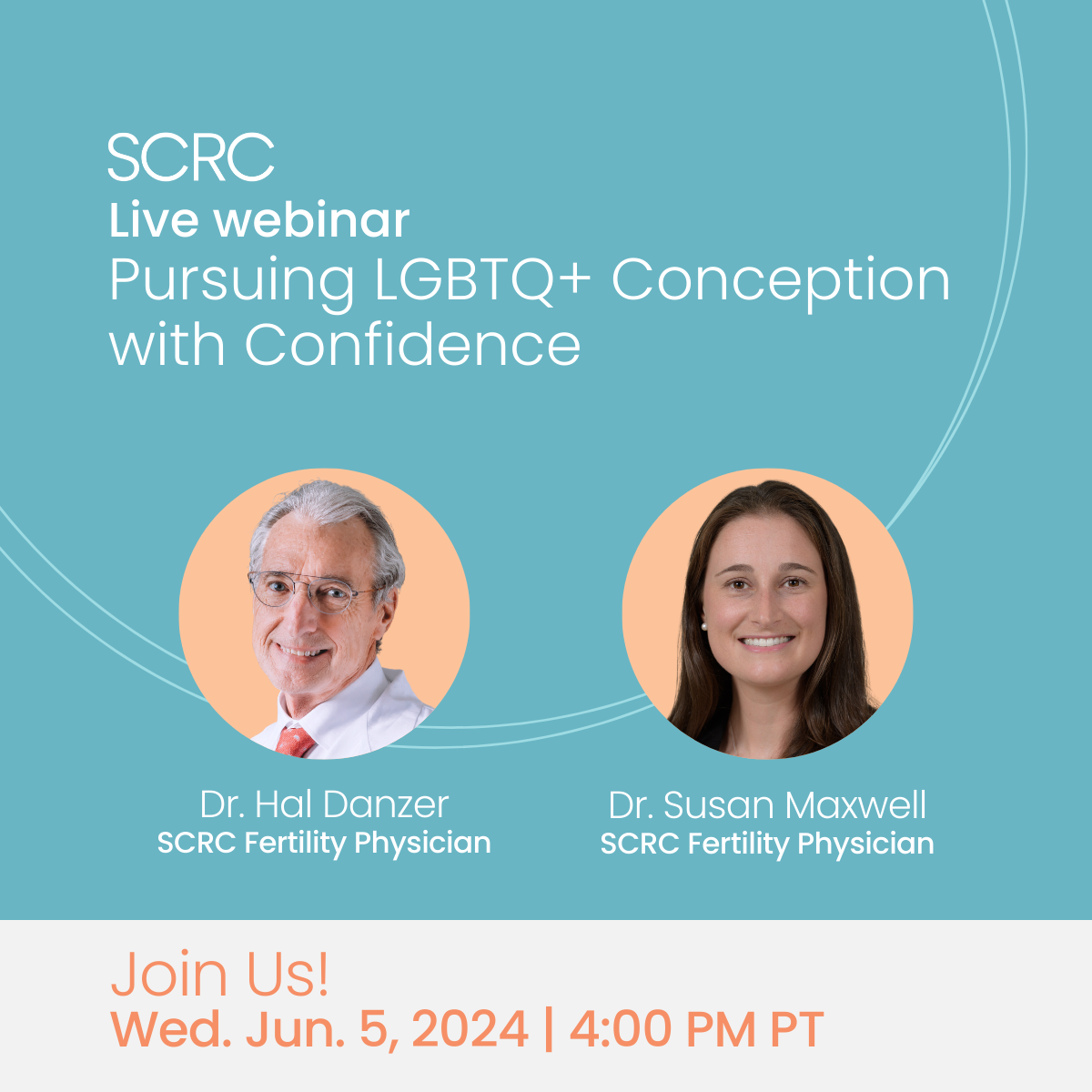Sperm donor insemination into one or both partners.
- IVF, using the eggs of one partner and fertilized by donor sperm, the embryo is implanted into the other partner.
- IVF, using the eggs of one partner and fertilized by donor sperm, the embryo is implanted into a surrogate.
- IVF, using donor eggs and donor sperm, the embryo is implanted into one partner.
- IVF, using donor eggs and donor sperm, the embryo is implanted into a surrogate.
- IVF, using eggs from both partners and donor sperm, the embryo is implanted into one partner.
- IVF, using eggs from both partners and donor sperm, the embryos are implanted into both partners.
Selecting a sperm donor
Lesbian couples and individuals may decide which sperm bank and which donor to use. For couples who prefer to use semen from a known donor, sperm analysis is relatively inexpensive and non-invasive. Sample collection may be performed at either a laboratory, a physician’s office, or in some cases, the privacy of home. Information about a donor’s physical characteristics, race, ethnic background, educational background, career history and general health should be available. We adhere to FDA regulations and make sure mental health professionals educate this lifelong decision. We also make sure legal contracts are in place to protect everyone.
The Steps
Typically, the couple will decide which partner will carry the pregnancy. This partner will proceed with “day 3 blood work” to test hormone levels and a HSG to determine the health of the uterus and fallopian tubes. If she has a good prognosis, then the couple will select a sperm donor to be used to achieve the pregnancy.
IVF (in vitro fertilization) is a more complex treatment protocol where both partners will be tested and take medication to boost their fertility. The partner who will donate her eggs will also undergo a surgical egg retrieval procedure. The eggs will be inseminated with the donor sperm and once mature, the embryos are placed in the uterus of the woman who will carry and give birth to the baby.
Donor Eggs
Occasionally some lesbian couples need to use donor eggs to conceive due to the absence of ovaries or the inability of the ovaries to produce viable eggs. Donors may include sisters or other family members, friends or anonymous donors.
Comprendre vos options en matière de fertilité
En savoir plus sur votre première visite, les options de traitement de la fertilité, le financement et plus encore.


